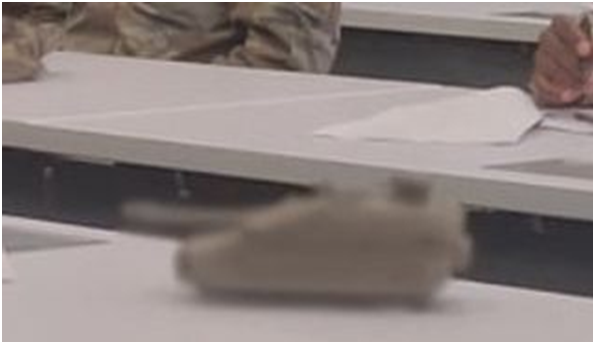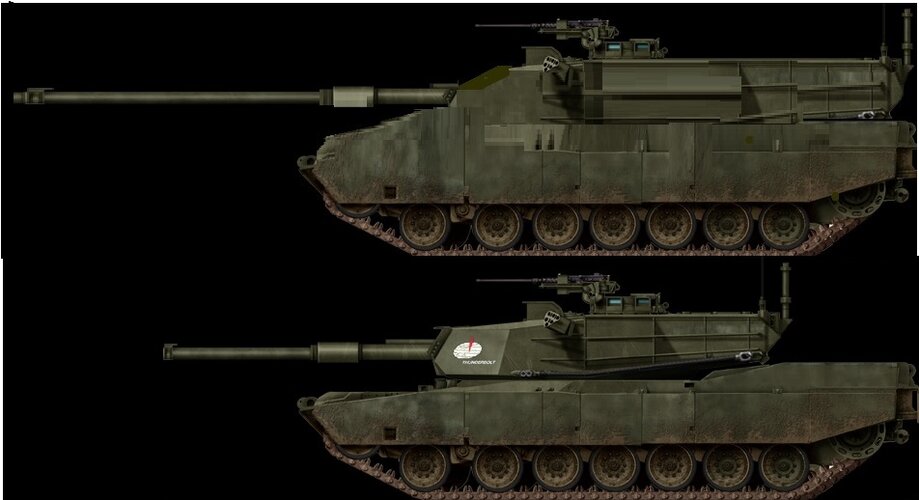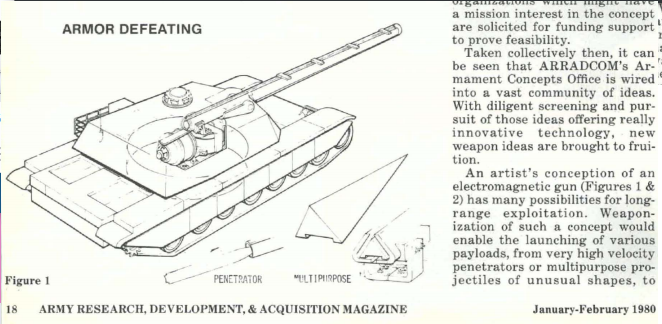Kat Tsun
eeeeeeeeeeeeeee
- Joined
- 16 June 2013
- Messages
- 1,371
- Reaction score
- 1,778
And what happens when the enemy doesn't give you the luxury of catching up the advancements they've made in fielding new systems and tactics that take advantage of them? Even incremental steps are better than none.On the contrary, rapid technological change doesn't support massive investment in R&D, especially since returns on R&D investment have been shrinking for decades. Whatever you make today will be obsolete tomorrow. What's the point? Wait until things simmer down, progress goes from once a week or once a month to once a decade, and then decide after looking at what other people did.
The only reason you'd support massive investment is if you are ignorant of history, and think that rates of change continue to infinity (the Kurzeilian/Karl Marx interpretation; although Marx had better footing in his assumptions since he was writing from the mid-1800s), or you have some sort of personal bias in the matter (you actually work Lockheed and might be impacted by a Gremlin swarm manufacturing decision). Given the population of this forum the former is more likely, though. Most people here aren't missile factory managers.
In 5-10 years, whatever technological progress made with drones will have settled down again and the US Army can take a long, hard look at them and maybe have some sort of loitering swarming munition in service in the 2030's. An armed RQ-7-alike with small-ish (50-90mm) laser guided bombs seems to be quite a viable investment alongside bigger MQ-9s for the Army. No real vast development needed there, just a bunch of small scale, bite-sized experiments and letting other people copy your ideas and do it better, so you can do the same to them.
That's sort of the point of FCS and the personal computer made 20 years ago. France and Israel seem to be moving forward with FCS-type equipment without much issue in terms of hardware or equipment. Whether it will actually work in terms of radio bandwidth or the sort of machine learning/recognition algorithms is another question that FCS never got to ask because it had to spend $20 billion-with-a-b on 1990's server-in-a-backpack that got turned into a cellphone. Now it's worth asking whether or not DOD could have just waited 10-15 years and used an Android distro to do everything FCS was supposed to do for GI Joe.
Congress is smart enough to not repeat that, despite the US Army probably wishing they didn't, but that's because the US Army is packed with future CEOs of Lockheed.
What enemy would actually do this and why is it important for the US Army, specifically? Currently, the PLA is doing a re-run of FCS with some latest and greatest weapons circa 2005 (which the US Army is already quite aware of and doesn't seem interested in), and the Russian Army trying to replace the T-80U. Very large threats there. Despite 20+ years of development and rapid economic growth, the PRC is still a decade behind America (rather than 20, at least) in terms of industrial competence and responsiveness. They're going to hard pressed to react to XM1299 if they actually cared about PLZ-05.
I'm talking about the Turkish and Israeli successes in the Middle East, which are the most pressing and relevant observations for the US Army today.
The good news is that the US Army agrees and has been emphasizing battlefield air defense over replacing some tanks that would just get blown up.
The bad news is that it doesn't seem to have much interest in developing drone swarms, passing or otherwise, in armed UAS. Given it's building XM1299, testing AMPV and MPF, and a host of dubious (SLRC) and decent (.277") ideas on top of that, it can be forgiven. It's also a rapidly changing area, so they may simply be waiting for the technology to cool down a bit and for additional data on what sort of air defenses are effective against armed UAS to come out. There's no real reason to go all in on drone swarms or whatever at the moment (like the US Army tried to do with FCS), and stuff like MQ-1 and MQ-9 are so tied to conventional airbases that they might as well just be armed Pilatuses or something.
Besides that it's keeping its current weapons modern and capable with some electronics and engine upgrades. Good ideas, since it will be using M1 and M2 for another half century at least.
Last edited:











